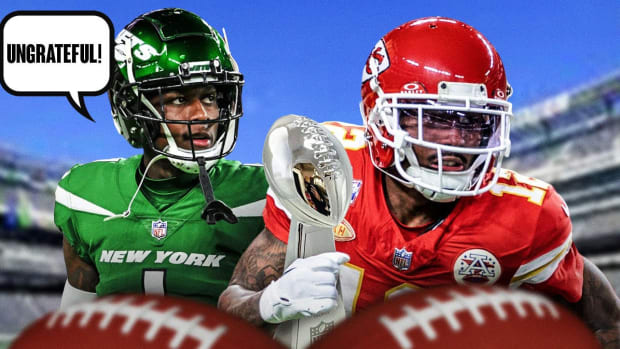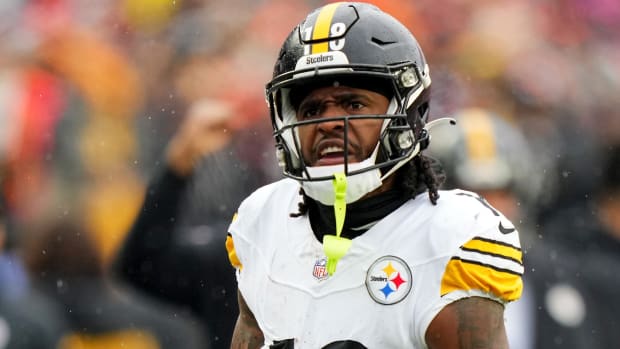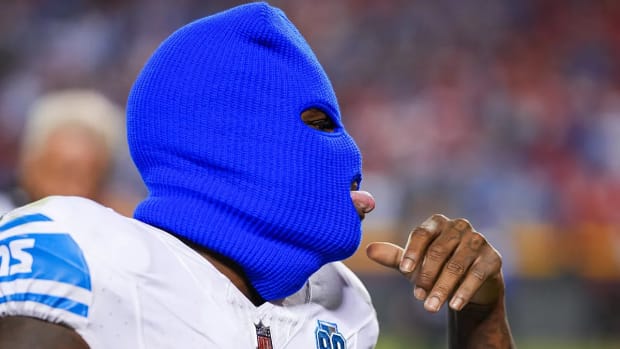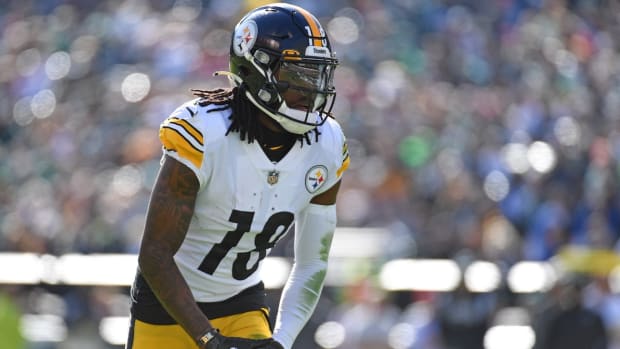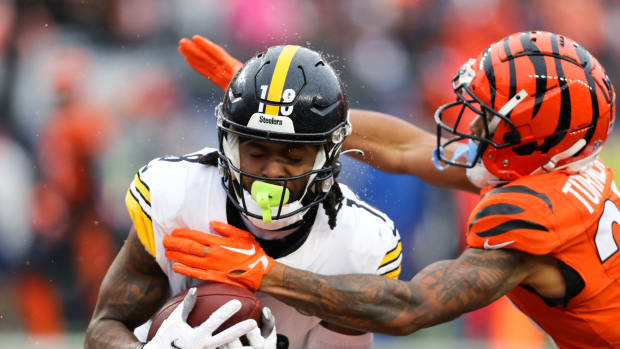Playoff Play Calls Gone Wrong: If Coaches Could Do It Differently
Let’s start with a disclaimer: Tread lightly when criticizing coaches. Many of their decisions must account for factors that are unbeknownst to outsiders looking in. And we rarely acknowledge the 99 times out of 100 when coaches get it right. On every play, it’s 22 moving pieces matching up in various ways, each piece with specific strengths and weaknesses. And then you must factor in field position, weather, game circumstances and past and future play calls. When the coach gets it right, we sometimes applaud. When he gets it wrong, we eagerly criticize. And that’s assuming the call was even wrong to begin with. Every game includes smart calls with bad outcomes. We get to analyze them while knowing the results. Coaches do not.
That said, there were three poor, costly coaching moves in the conference semifinals, and we can expand our football knowledge by examining them.
Saints Defense of the Minnesota Miracle
One of the benefits of working in the media rather than the sideline is that I can spend days pondering one call and then harmlessly change my mind after deciding that I originally got it wrong. Monday afternoon, I tweeted this:
A little more than 20 hours later, I tweeted this:
What changed my mind was a closer consideration of the game clock. The Vikings had 10 seconds and no timeouts, with the ball at their own 39. There were only two ways they could win: By getting the ball out of bounds about 30-35 yards downfield in under nine seconds (and then kicking a field goal), or by scoring a 61-yard touchdown. Because of that, the Saints should have rushed zero, with two defenders spying Case Keenum (one on each side) that would leave nine men in coverage. A pass rush’s purpose is to take away the quarterback’s time to throw. But the game clock and Minnesota’s zero timeouts had already done that. For the defense, sacking Keenum is the same as allowing an in-bounds completion under 60 yards.
Minnesota’s options were so uniquely limited that there was no reason to rush the quarterback, especially when you consider that Keenum hasn’t shown the arm strength to chuck a ball 60-plus yards downfield. Imagine the Saints dropping nine into coverage. Keenum would have held the ball initially (tick tock, tick tock) because no play is designed to beat a nine-man coverage. And then, after processing what he’s seeing (and it’s probably something he’s never seen before), he’d throw late into the densest of traffic.
The Saints called a traditional coverage that left one defender on each receiver downfield on the trips side of the formation. Without the pointless pass rush, they could have had at least two defenders for each receiver, preventing Keenum from throwing on schedule.
This is just one philosophical approach, though. There are arguments for and against every method. I spoke with several NFL coaches about this play, offensive and defensive, including some who are intimately familiar with the Saints. By the time those conversations finished, six or seven different scenarios had been explored, each with pluses and minuses.
Falcons Fourth-And-2
On Tuesday, I tweeted this:
Falcons PR man Brian Cearns had a smart rebuttal: “All that said, it still was the look everyone wanted, Julio one-on-one with CB with sideline and front corner open. If he doesn't slip/get pushed down he is open and Matt pulls the trigger. Sorry, but I will take 2 [Matt Ryan] to 11 [Julio Jones] anytime with the game on the line.”
In the big picture, this sentiment is absolutely right. Ryan to Jones 1-on-1 is a great scenario. My gripe is that there are ways to get that 1-on-1 matchup without making it essentially the play’s only option. The downside of putting all your eggs in that basket is if something goes wrong (like Jones slipping, for example), you’re stuck. The Falcons could have tightened Jones’s split to create a rub/pick element in his route (which backs off the defender), or to at least make the defense have to consider those possibilities.
Steve Sarkisian had some nice designs (with mixed results) on Saturday. This final play was not one of them. But it also was not the sole factor in the game’s outcome, and we’ve seen worse play calls before. Still, in the very least, this play badly needed some window-dressing.
Steelers on Fourth-and-Inches
Part I: The talk show hosts and Twitters mobs are right—Ben Roethlisberger is your best bet at gaining a crucial inch. More baffling than not going QB sneak is what the Steelers did instead: a sweep for Le’Veon Bell to the short side of the field (i.e. the side where the ball was already spotted). That leaves less room for a runner to turn the corner. And they did this against the NFL’s fastest defense, no less.
Part II: This one, a Roethlisberger play-action incompletion, was also flawed, for the simple reason that none of the offensive linemen fired out of their stances. The design had them go almost immediately into their pass protection set rather than taking a hard downhill step forward (like you would on a QB sneak or RB dive). That said, Roethlisberger did have Eli Rogers open (albeit through a small window) on a quick “drive” route, but he looked for JuJu Smith-Schuster on the deep “over” route (a ball Smith-Schuster almost caught, despite a defensive hold that went uncalled on the play). This happens sometimes. Roethlisberger took several aggressive downfield deep shots against Jacksonville, and the results were mostly spectacular. If this one had connected, we’d just add it to his list of amazing plays. This fourth-and-1 gamble, which I still don’t love (go QB sneak instead) made more sense than the sweep to Bell.
• Question or comment? Email us at talkback@themmqb.com.




































